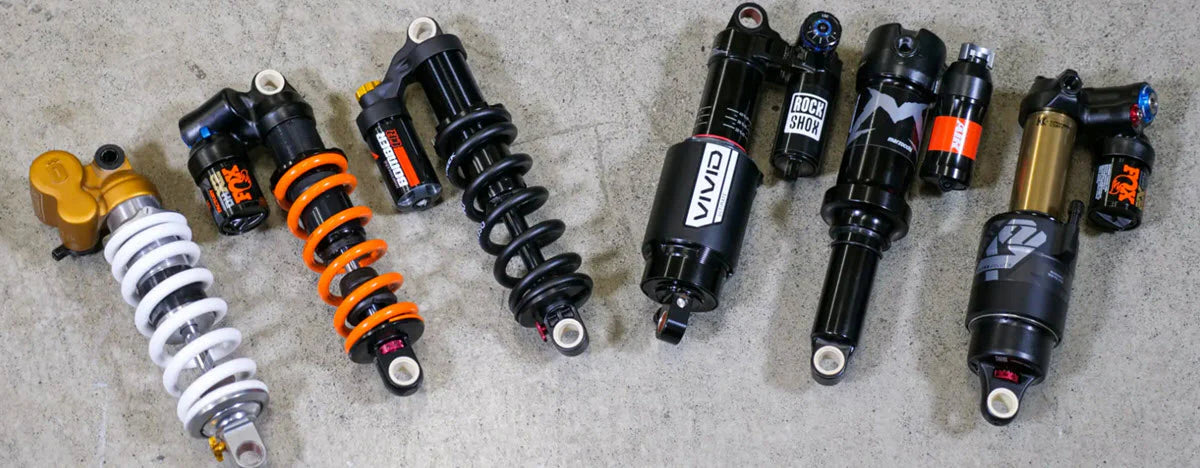
Articles tagged with "Guides to parts and components"
Tags
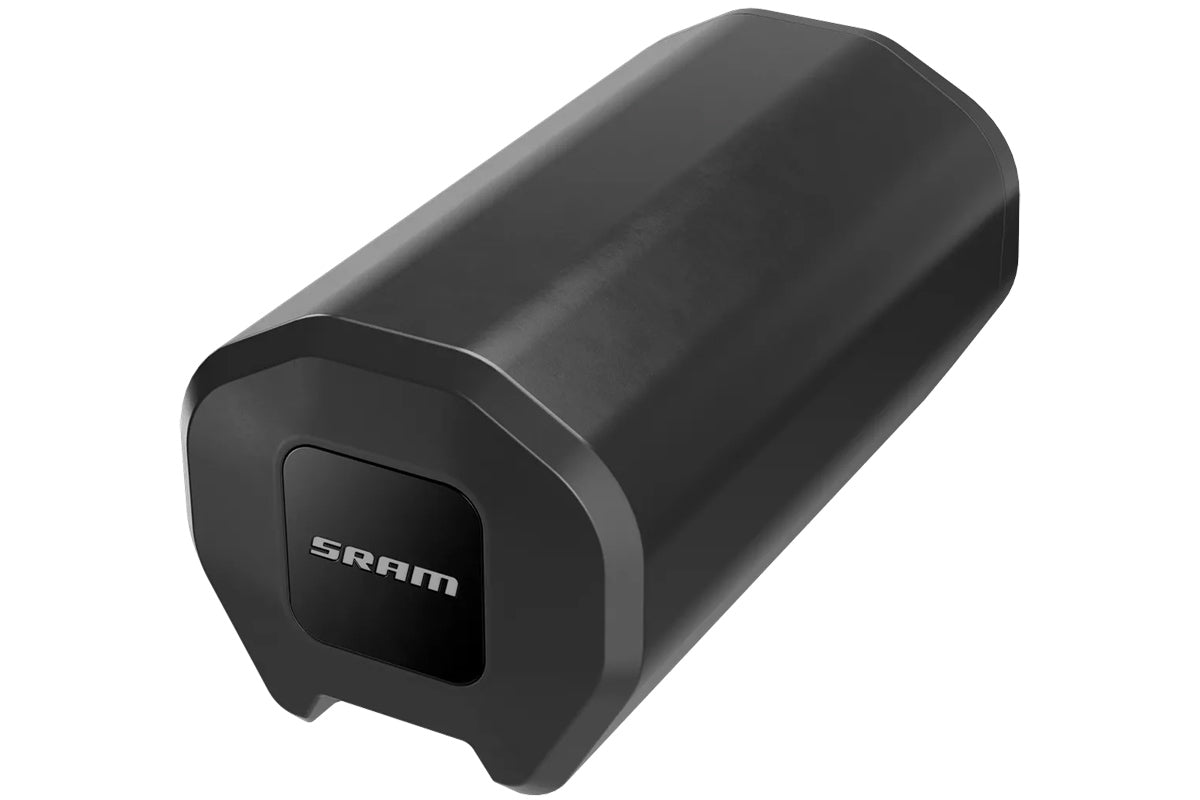
Maximize Your Ride Time With SRAM’s Eagle Powertrain Range Extender
SRAM’s Eagle Powertrain Range Extender is a game changer for e-bike owners. This device is compatible with small and large bike batteries and gives you...
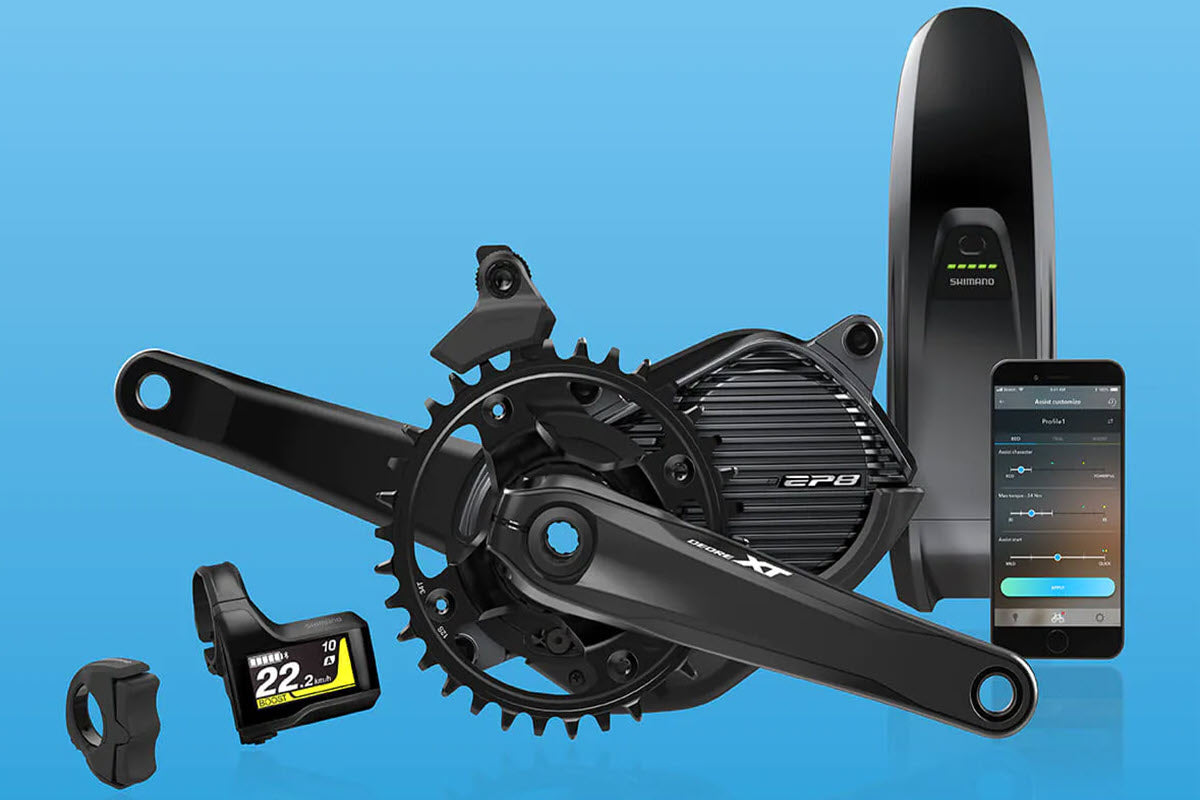
Comparing Shimano’s EP8 and EP801 E-Bike Motors
The Shimano EP8 and EP801 are two generations of high-end e-bike motors. Launched in 2020 and 2023, they both deliver 2050W of nominal power and...
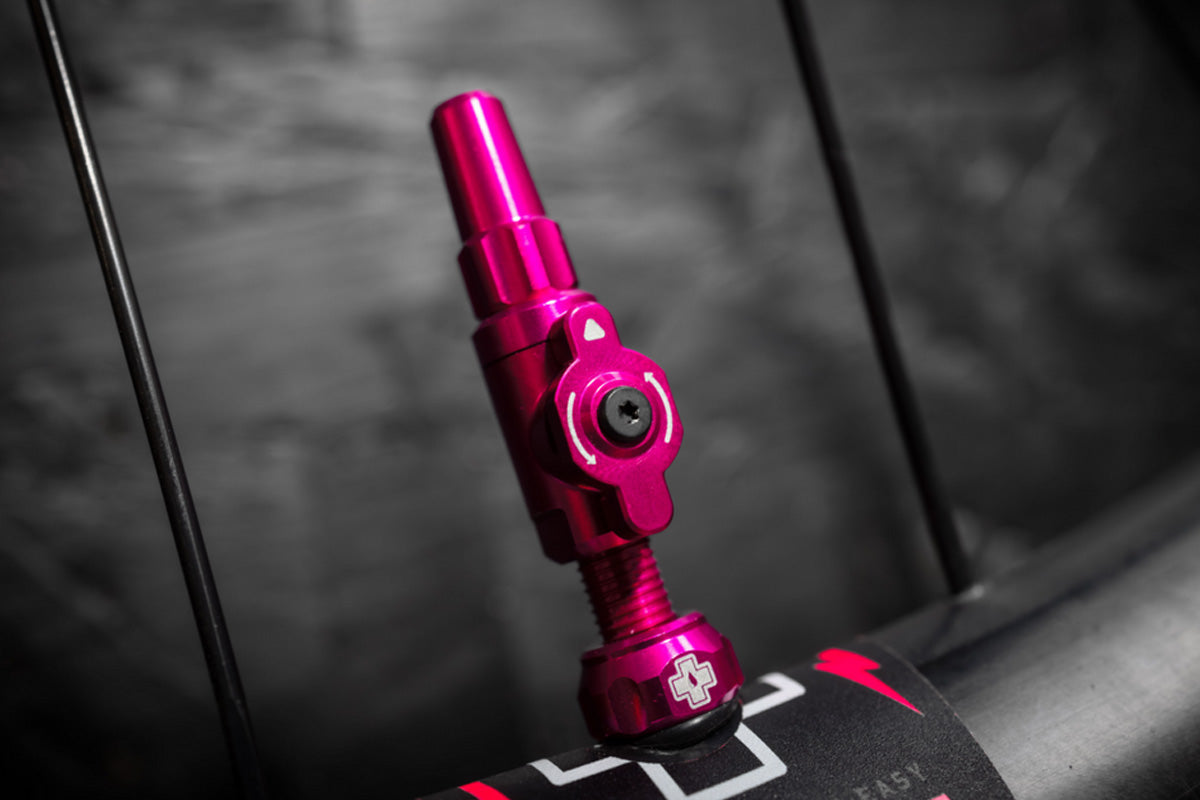
Muc-Off’s New Big Bore Valves Solve Your Tubeless Tire Problems
Imagine pumping up your tubeless bike tires in half the time and twice as easily. Muc-Off is making that dream a reality with its new...
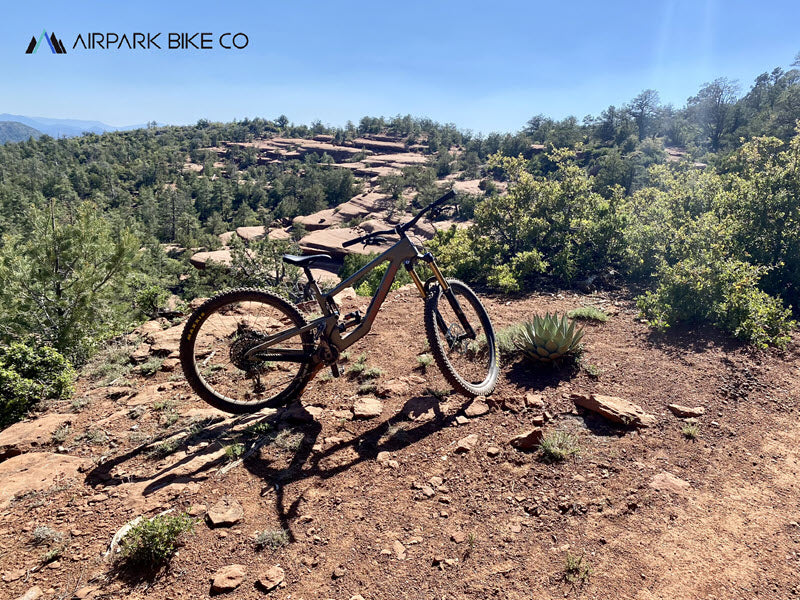
Your Guide to 26", 27.5", and 29" Mountain Bike Wheels
Choosing the right wheels makes all the difference in your mountain biking experience. The norm used to be 26″. But now the options are 27.5″...
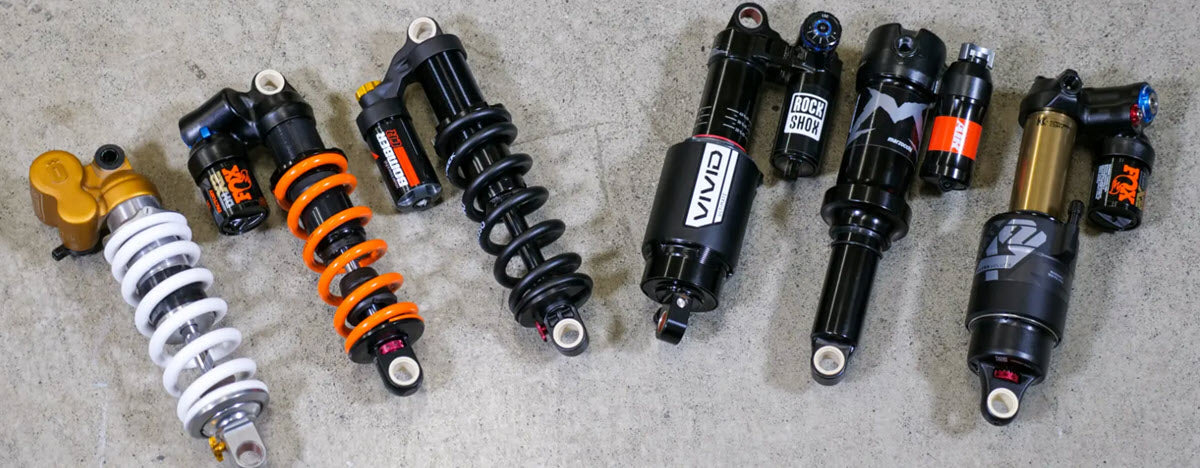
Air vs. Coil Shocks: What's Best for Your Riding Style
Air vs. Coil Shocks is arguably the most debated topic in mountain biking. We’re here to clarify things. Our choice? Both! We typically swap from...
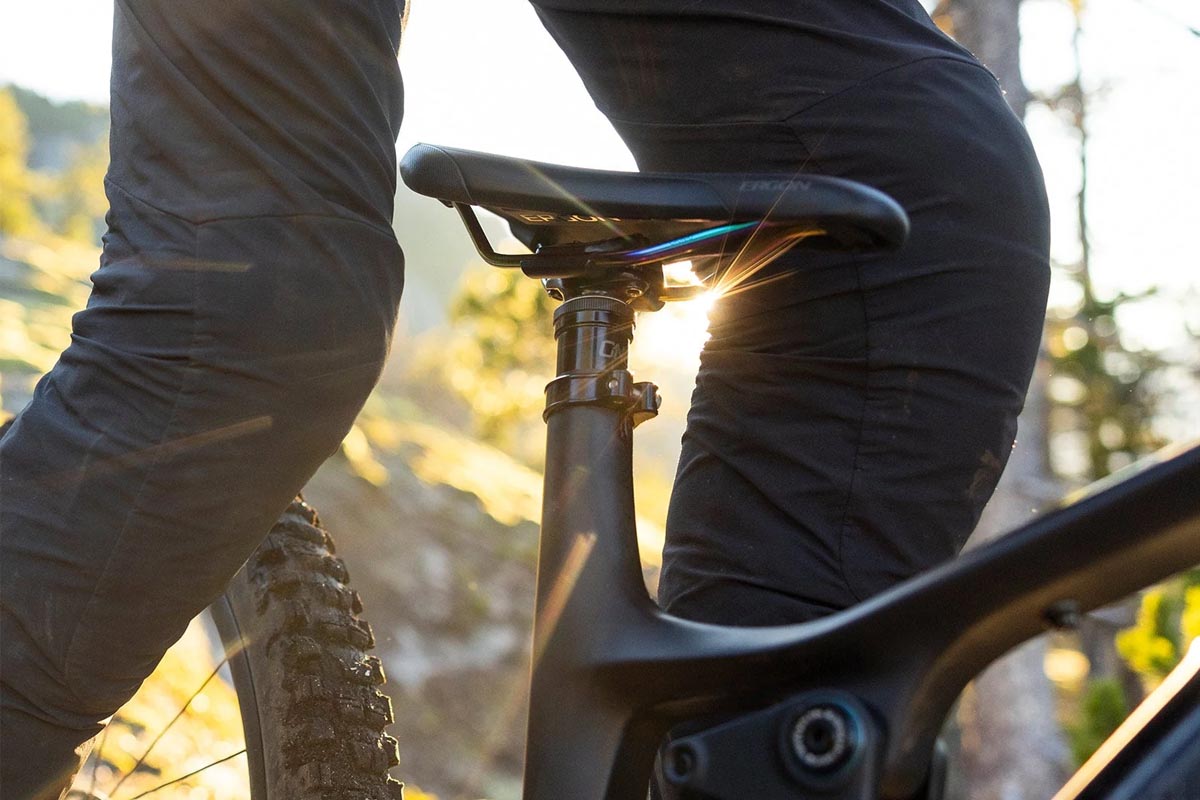
New OneUp V3 Dropper Is Lightest and Most Responsive Version Yet
OneUp’s newest V3 dropper is everything you know and love about the V2, but better. It’s the lightest, smoothest, and most reliable dropper on the...
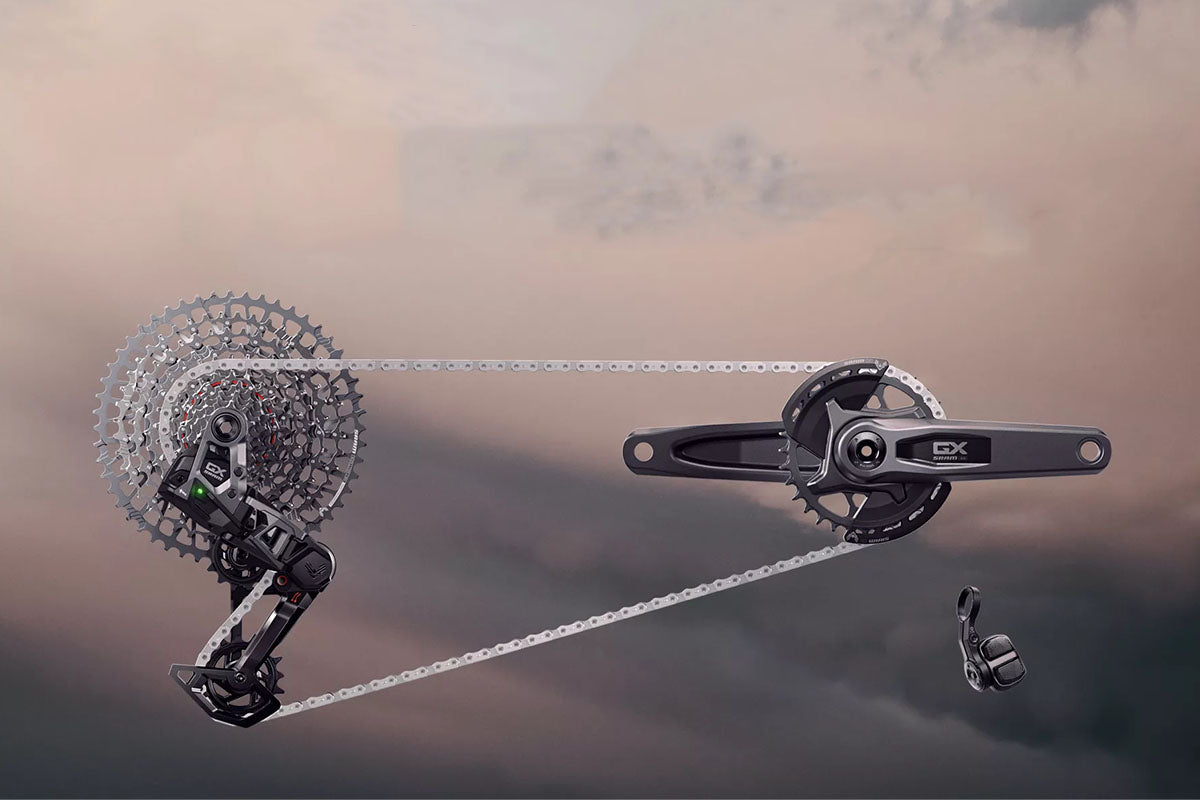
New SRAM GX Eagle Transmission Launches for $1,099
SRAM’s newest offering is a GX Eagle transmission. It has the same high-end technology as the brand’s more expensive transmissions, but with simpler construction. Offering...
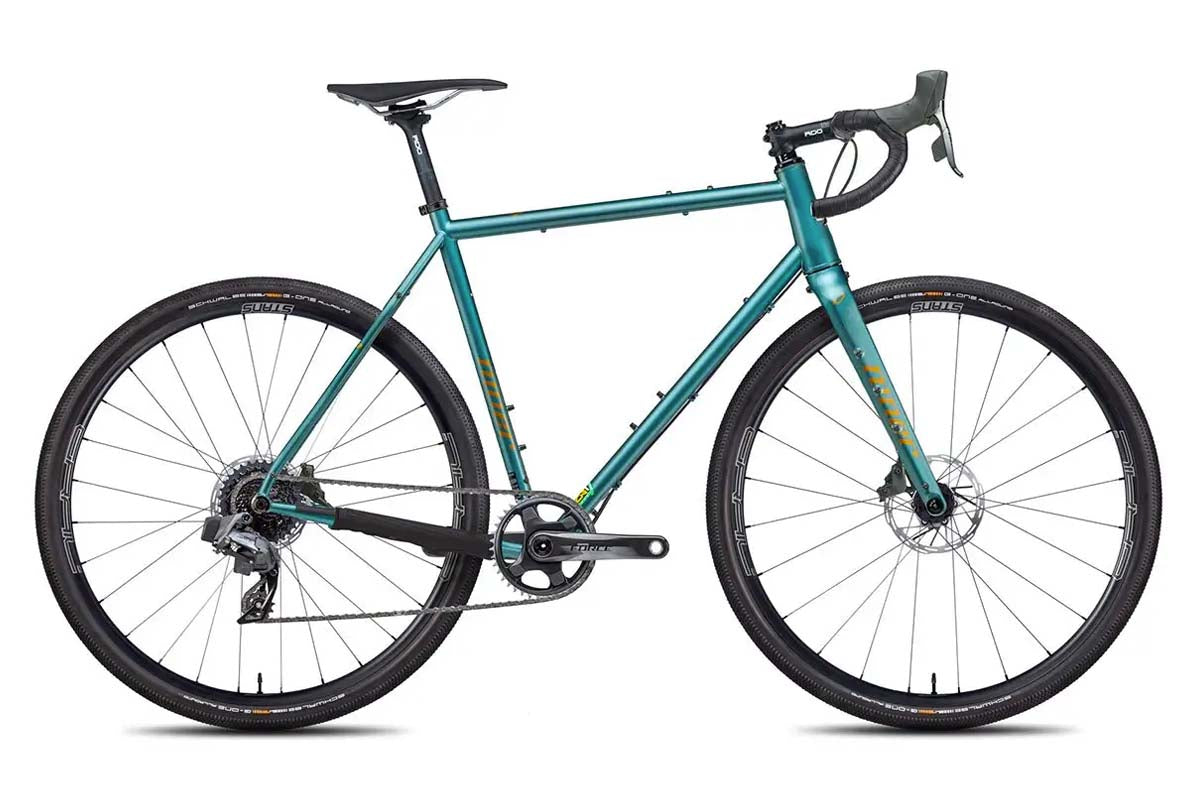
Comparing Steel and Titanium Bike Frames for the Perfect Ride
Most bikes are made from carbon or aluminum. But steel and titanium are still contenders in the cycling world. They have unique pros and cons,...
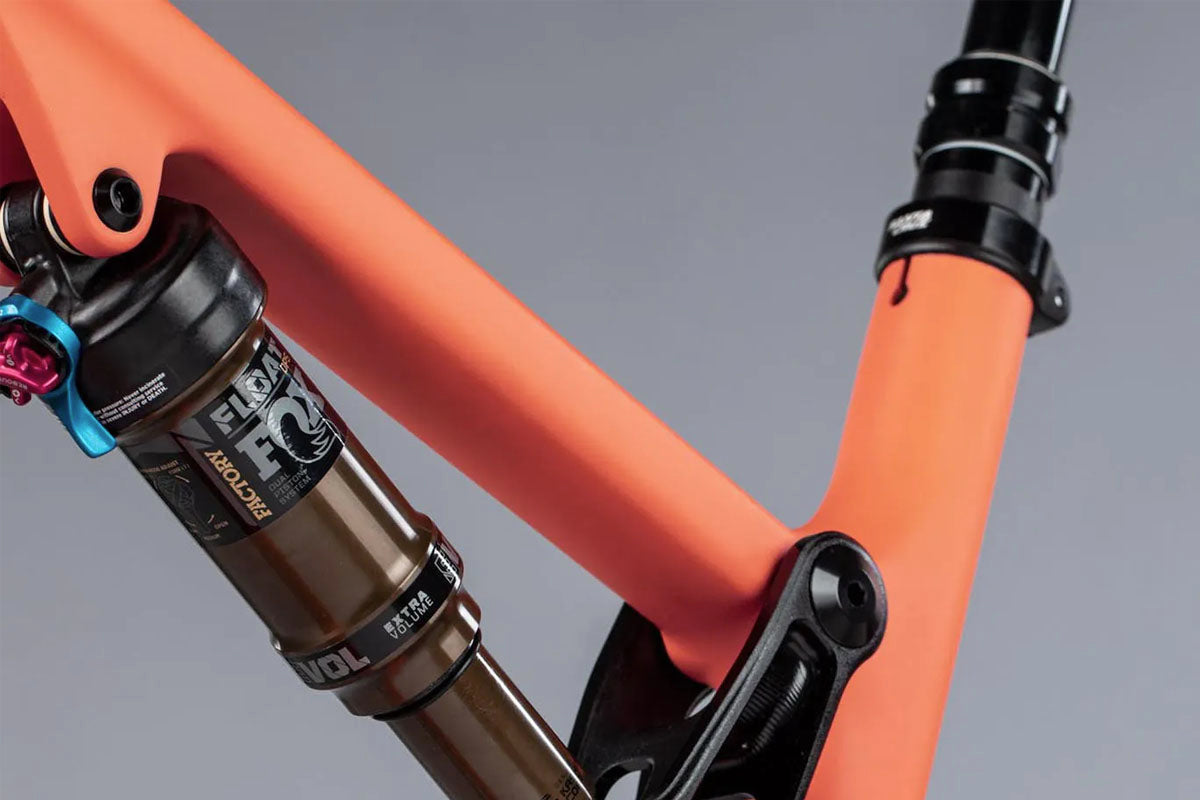
The Purpose of Suspension Lockout on a Mountain Bike
Most modern mountain bikes come with a front and/or rear suspension. They absorb shocks and vibrations for smoother, more comfortable, and more controlled rides. Some...

10 Must-Have OneUp Products to Mark Its 10th Anniversary
OneUp Components is 10 years old! The brand has brought quality, innovation, and unwavering commitment to the mountain bike world. Making the best dropper posts,...
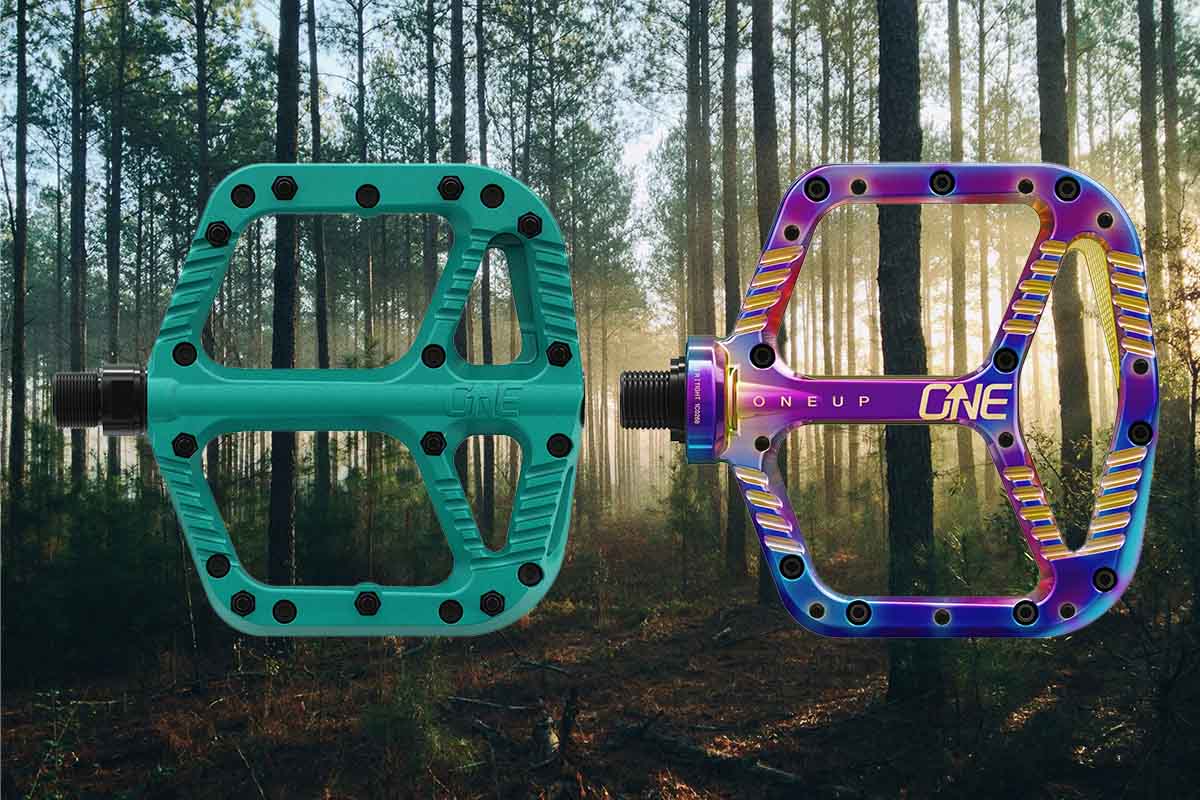
Plastic vs. Metal Mountain Bike Pedals
There are many important decisions to make for your mountain bike – like choosing between plastic and metal pedals. Both materials have their own advantages....
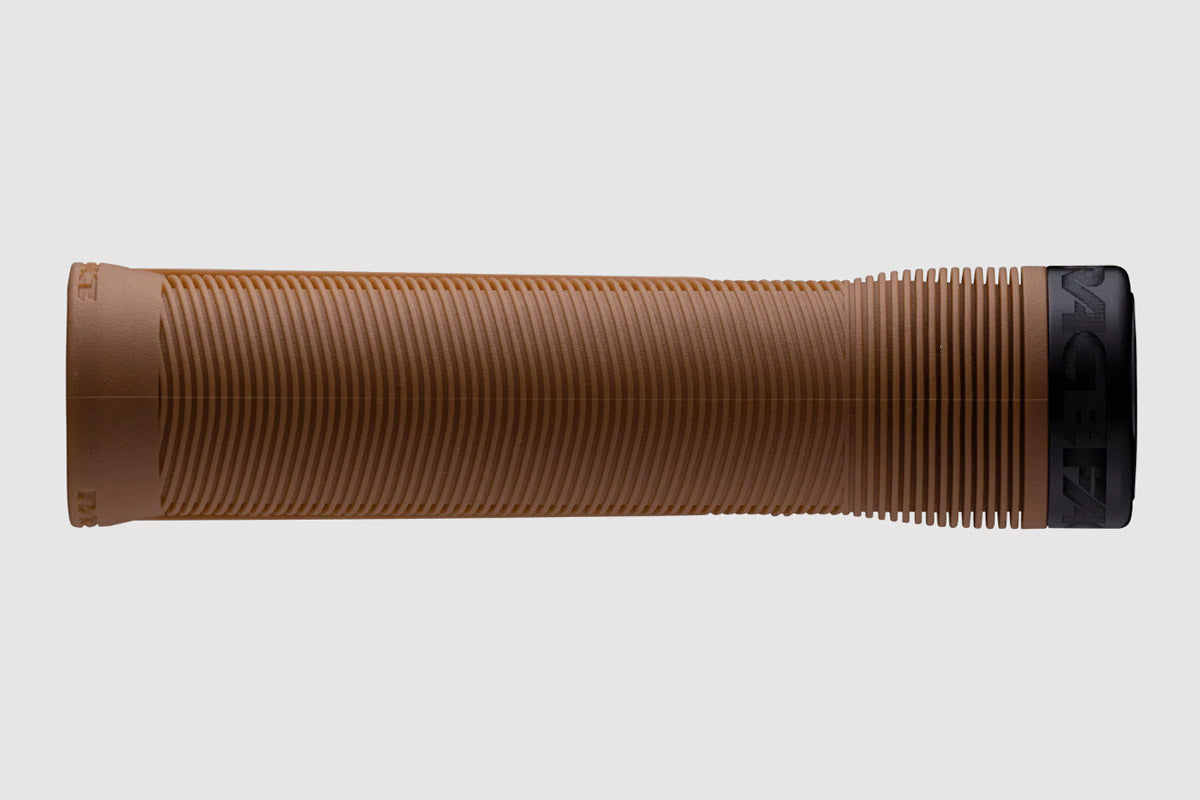
Race Face Revamps Its Chester MTB Bar Grips
The new Chester is the softest, tackiest, and most advanced bike handlebar grip from Race Face. That’s achieved with a thick 20A rubber compound. It...
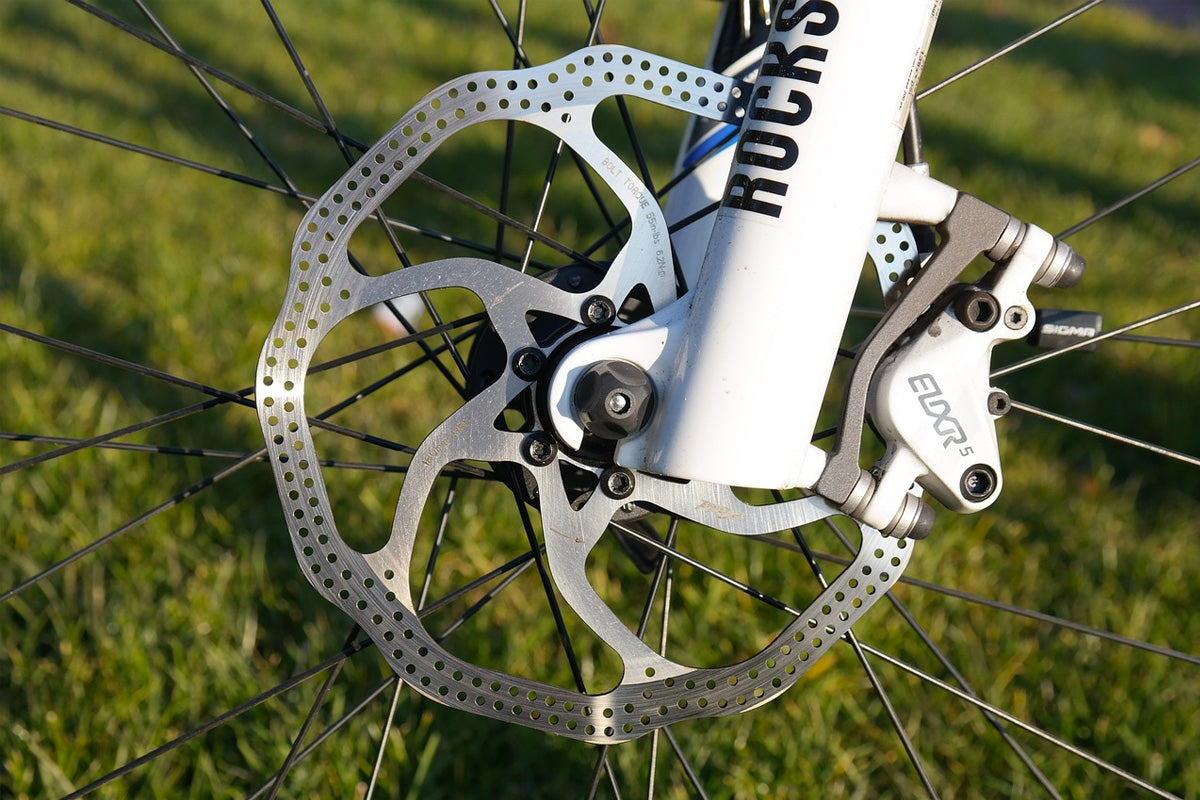
Rim or Disc - What's the Best Bike Brake System?
The two most common types of bike brakes are rim and disc. Rim brakes slow you down by squeezing brake pads against the wheel rims....
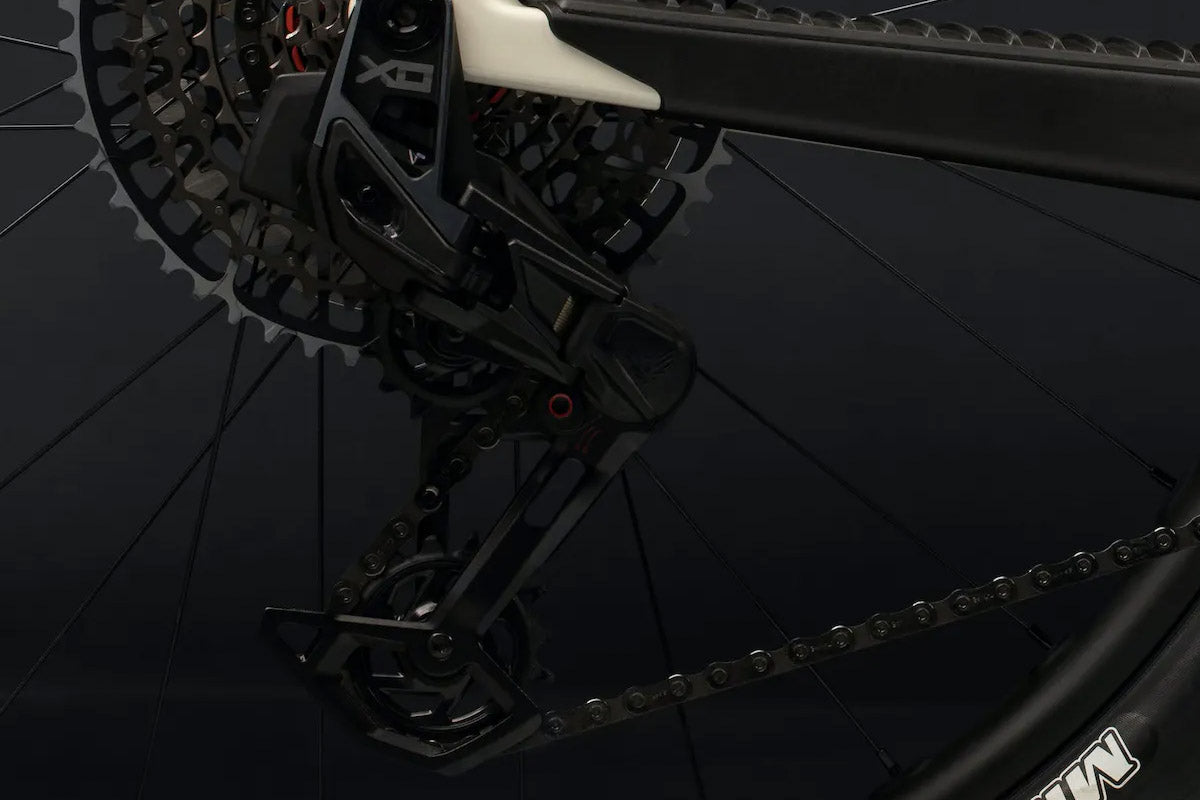
Jockey Wheels Are the Unsung Heroes of Bike Performance
Jockey wheels – aka derailleur pulleys – are small, spinning wheels on the rear derailleur of your bike drivetrain. They guide the chain along as...
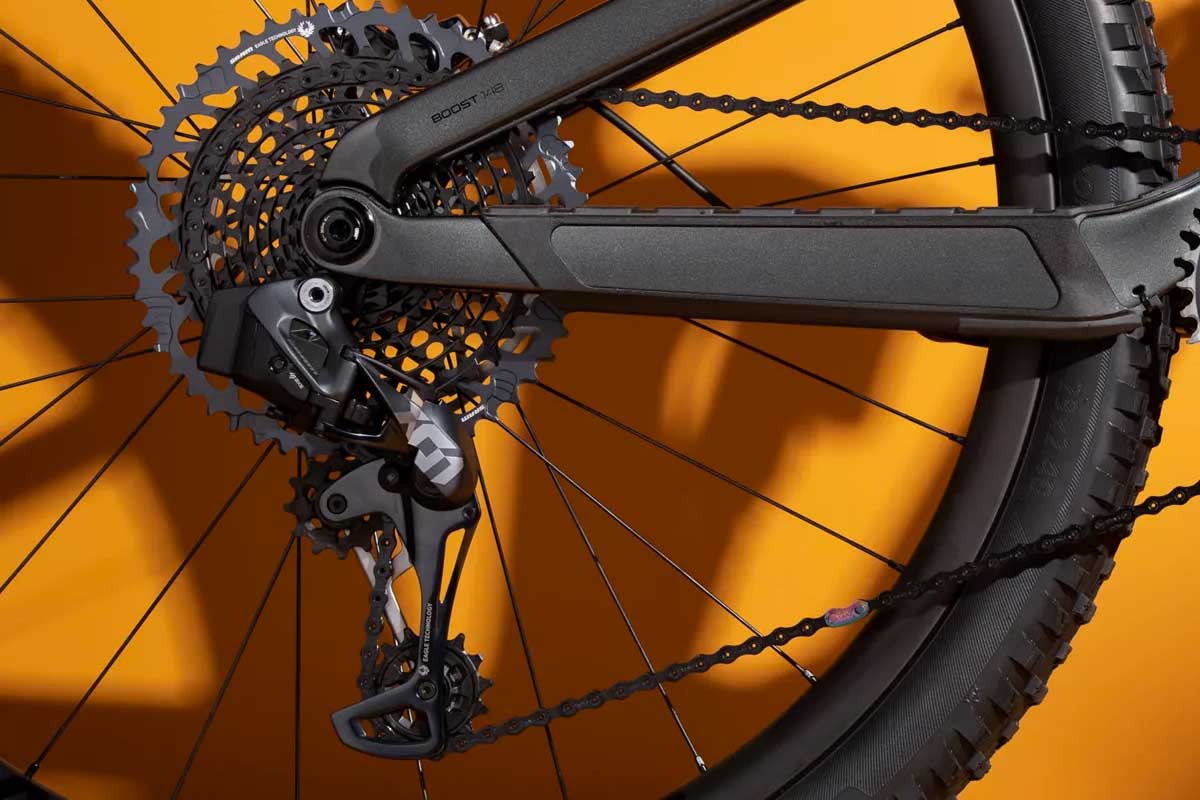
The SRAM UDH Is Drivetrain Freedom for Your Bike
One of SRAM’s most popular products is the UDH. It’s a Universal Derailleur Hanger that works with almost any mountain bike frame. In fact, it’s...
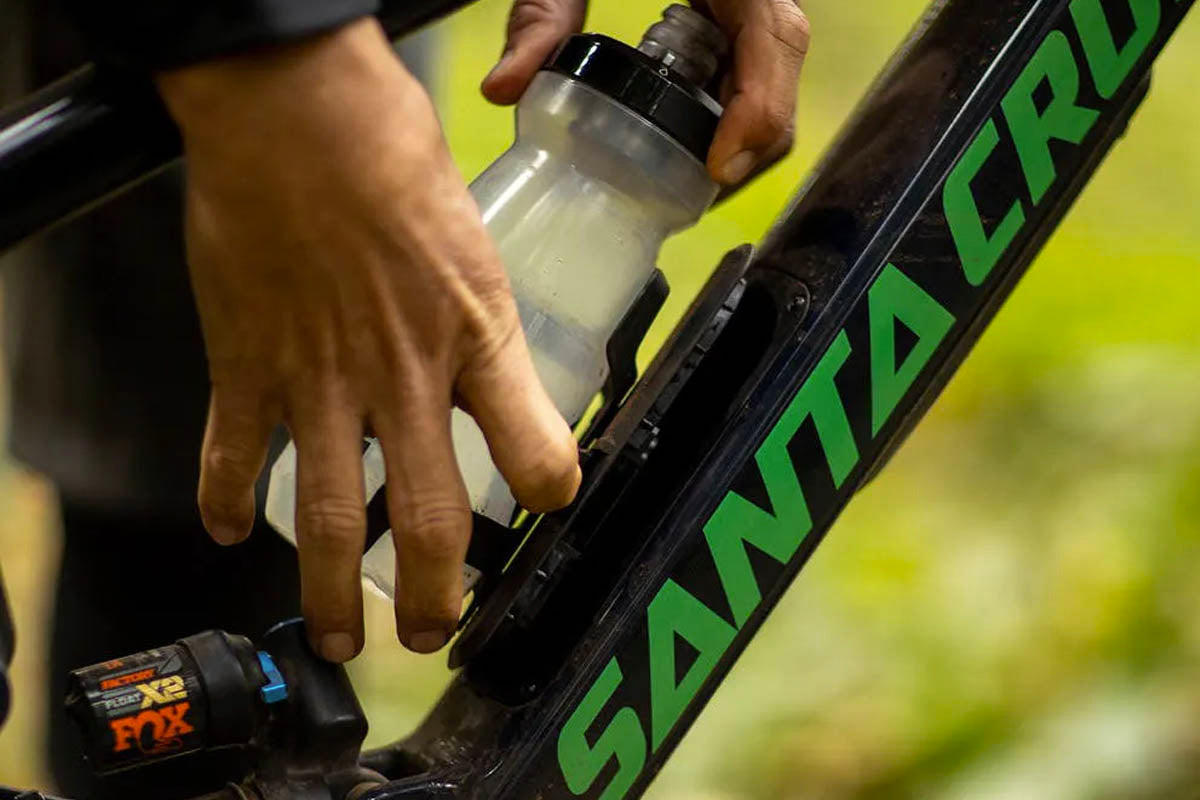
Santa Cruz Glovebox Forever Changes In-Frame Bike Storage
The Santa Cruz Glovebox is the most innovative bike frame storage system. A place for tools, money, snacks, gloves, and even a light raincoat. Essential...

Yeti TURQ Series Carbon Is a Symphony of Bike Performance
Yeti TURQ Series bikes are the pinnacle of innovation. The frames are made with the brand’s own TURQ carbon fiber blend. It’s the lightest carbon...
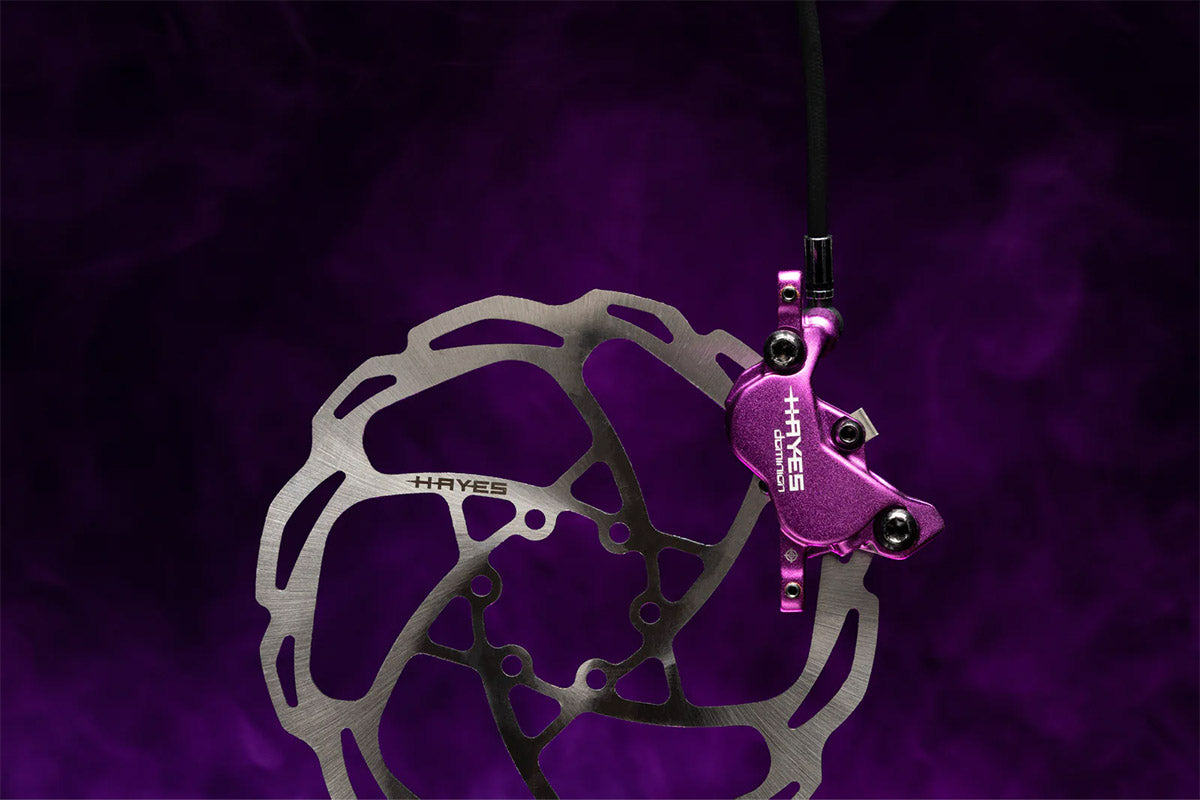
How to Replace Your Bike's Rim or Disc Brake Pads
You’ll eventually have to replace the brake pads on your bike. Likely because they’re worn down. Or you want to try a different pad type....
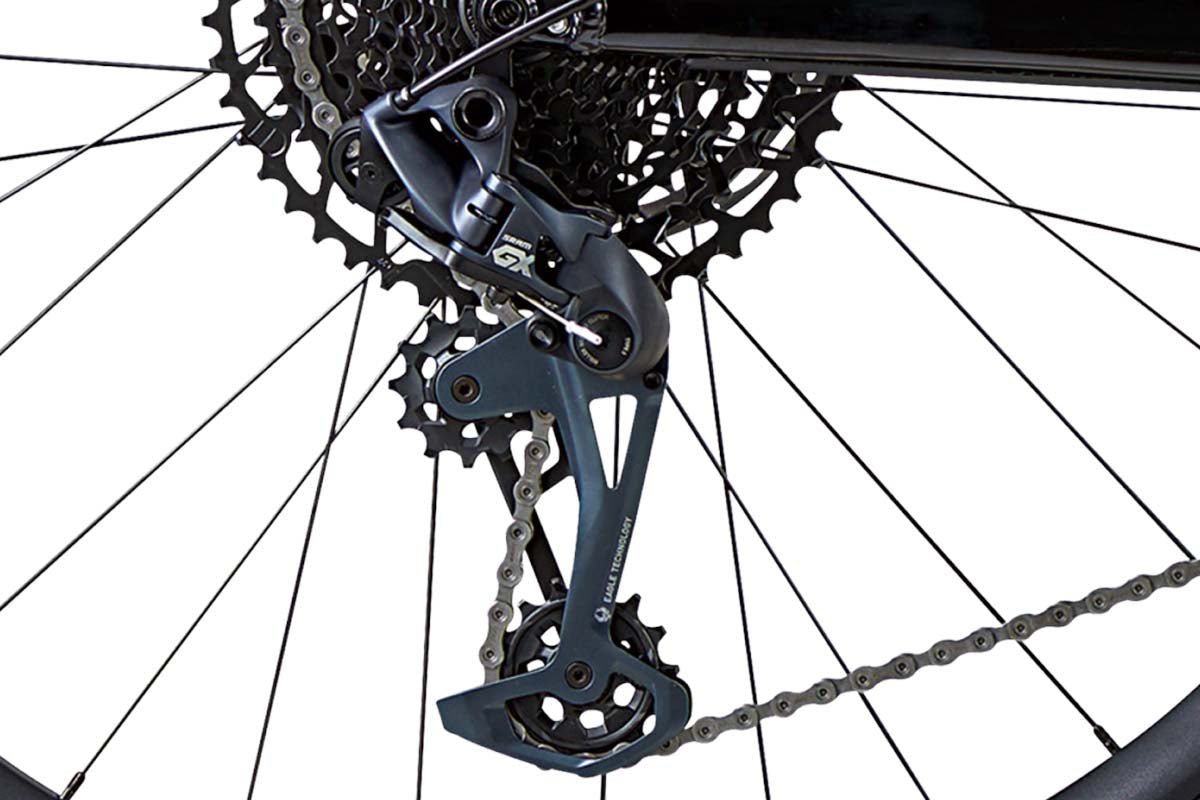
How to Fix or Replace a Bent Derailleur Hanger
There are many crucial parts of a bike, like the derailleur hanger. It keeps the rear derailleur perfectly aligned with the cassette cogs. And it’s...

Should I Use Wireless Shifting on My Mountain Bike?
Wireless shifting is a game-changer in the mountain bike world. It’s an electronic system lets you shift gears with switches. Not with conventional control levers...

RockShox Flight Attendant Is the Smart Suspension That Adapts to Your Bike
The RockShox Flight Attend is a revolutionary automatic wireless bike suspension system. It has multiple sensors in the fork, shock and crankset. They work in...
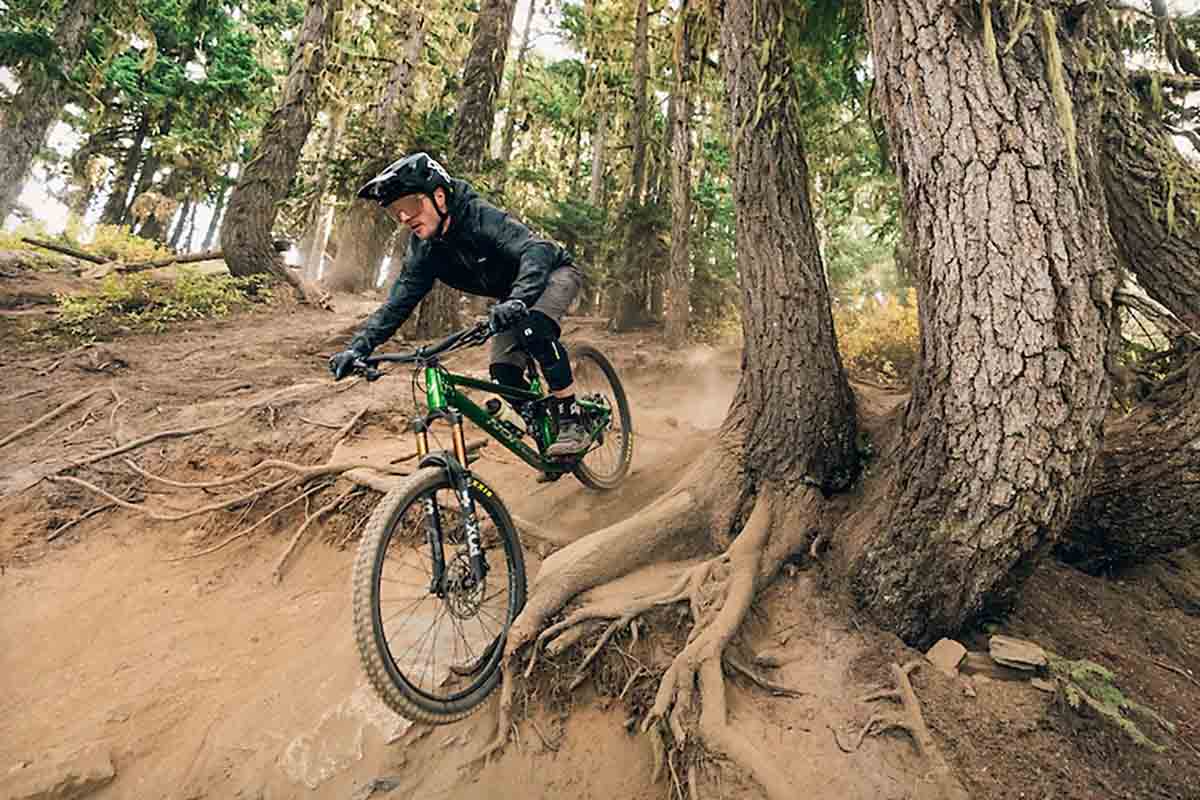
How to Minimize Rolling Resistance on Your Bike Tires
Rolling resistance is a pivotal part of your cycling experience. It’s friction between your bike tires and the ground, which impacts your performance and overall...
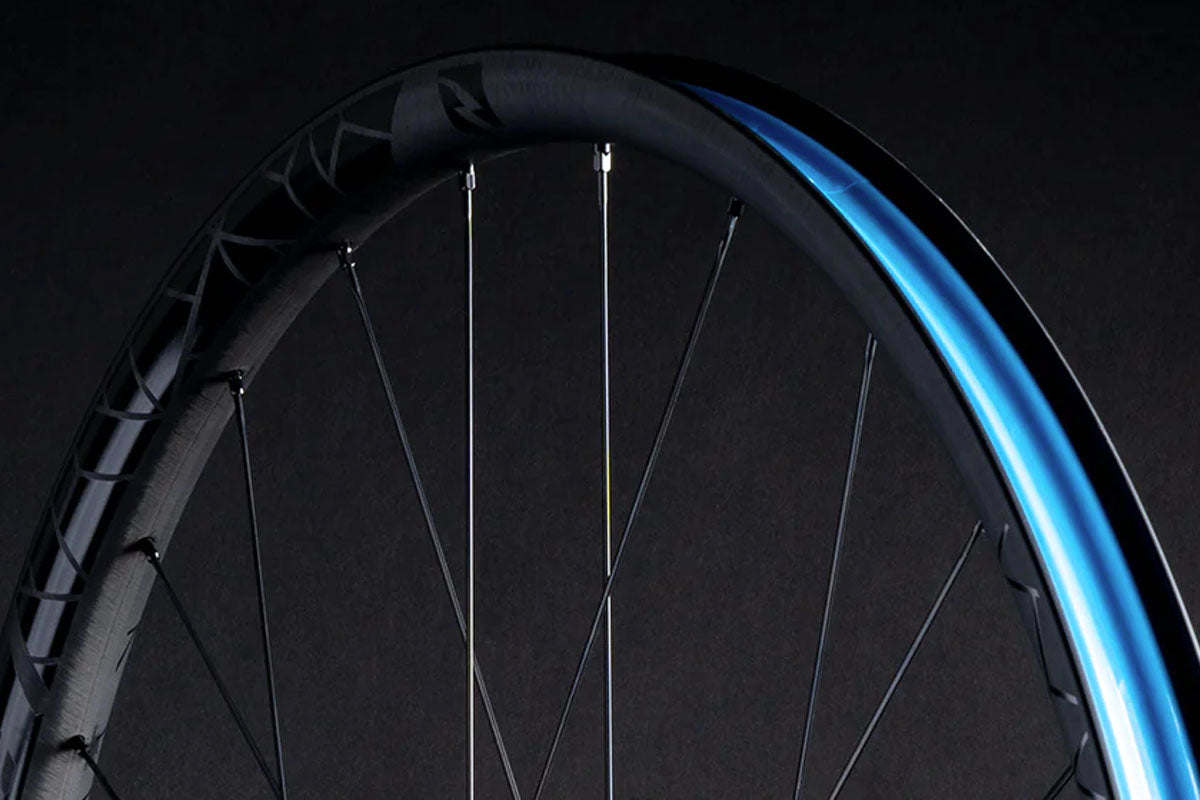
Get Your Reynolds Carbon Bike Wheels in Scottsdale, AZ
Reynolds makes the most high-quality, high-performance bike wheels for road, mountain, gravel, and electric models. They’re designed and tested by experienced cyclists. People who know...
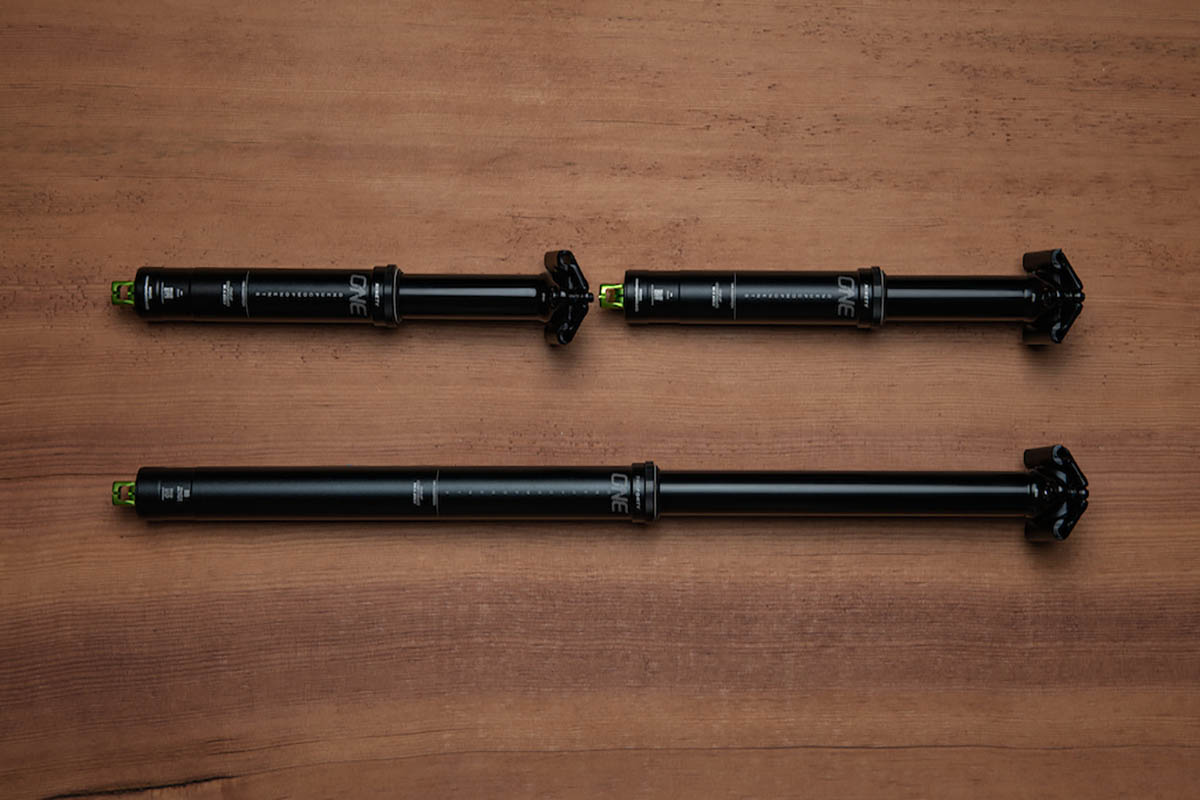
What's a Dropper Post?
Once you try a dropper post on your mountain bike, you might wonder how you ever lived without it. It’s a replacement for a fixed...

